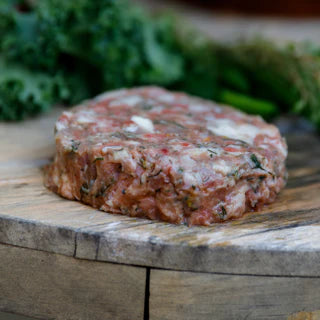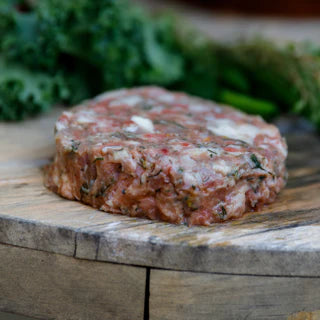1
/
of
1
Bella & Boots: Organic Pet Food
The Organic Chicken & Seasonal Greens Blend - 600g
The Organic Chicken & Seasonal Greens Blend - 600g
Regular price
$13.50 AUD
Regular price
Sale price
$13.50 AUD
Unit price
/
per
Taxes included.
Shipping calculated at checkout.
Couldn't load pickup availability
Share


